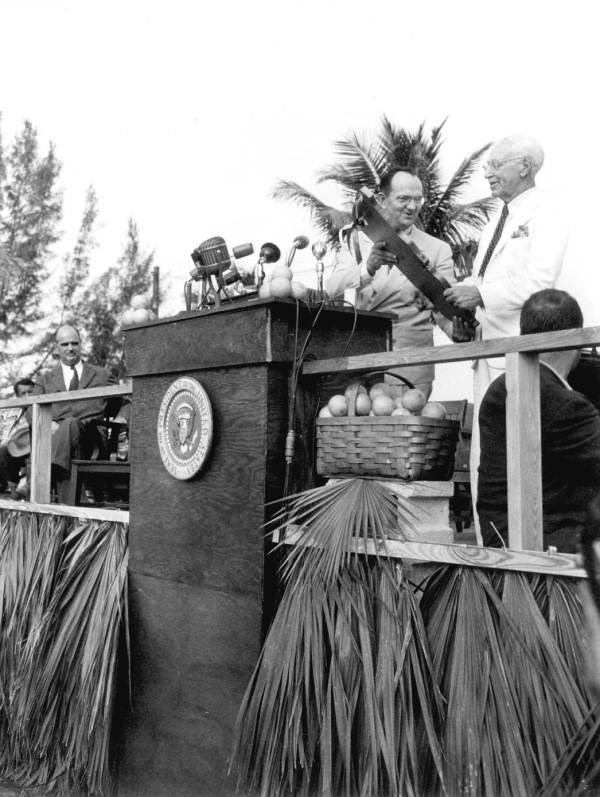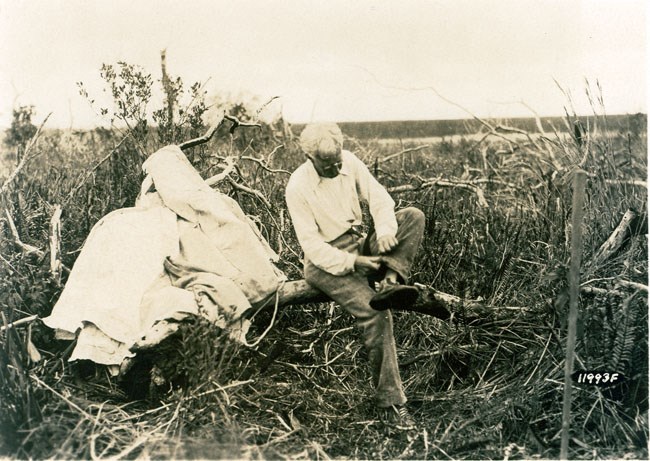
Florida Memory Project In 1928, Ernest F. Coe wrote Stephen T. Mather, first Director of the National Park Service, outlining a proposal for a national park to be located within the lower Everglades of south Florida. A subsequent meeting took place and from this meeting legislation to create Everglades National Park was introduced by Senator Duncan B. Fletcher of Florida, in December of 1928. This legislation was approved May 25, 1934 and was signed by President Roosevelt on May 30, 1934. It took another thirteen years to acquire the land and define the boundaries of the new park. Ernest F. Coe, affectionately known as Tom by his friends, was born in New Haven, Connecticut, on March 21, 1866. He attended Yale University's School of Fine Arts from 1885 to 1887. He and his wife Anna came to Miami in 1925. Their home was in Coconut Grove where he did landscape work. Anna died in July 1941. As a youngster Coe loved the outdoors, and as an adult he liked to explore the Everglades. On these trips Coe was shocked to learn of rare birds being killed and the rare or unusual orchids being taken from their natural habitat, He feared that many animals would face extinction if something wasn't done. Coe was insistent that Florida should save its unparalleled tropical beauty. 
NPS (EVER 17863) After Coe's death, on January 1, 1951, at age 84, Secretary of the Interior Oscar Chapman said, "Ernest Coe's many years of effective and unselfish efforts to save the Everglades earned him a place among the immortals of the National Park movement." On December 6, 1996, Everglades National Park christened its new visitor center the "Ernest F. Coe Visitor Center," in honor of this man who dedicated his life to the preservation of the everglades. The papers of the Everglades National Park Commission, including Coe's writings, are part of the Everglades National Park's museum collection. |
Last updated: June 20, 2020
